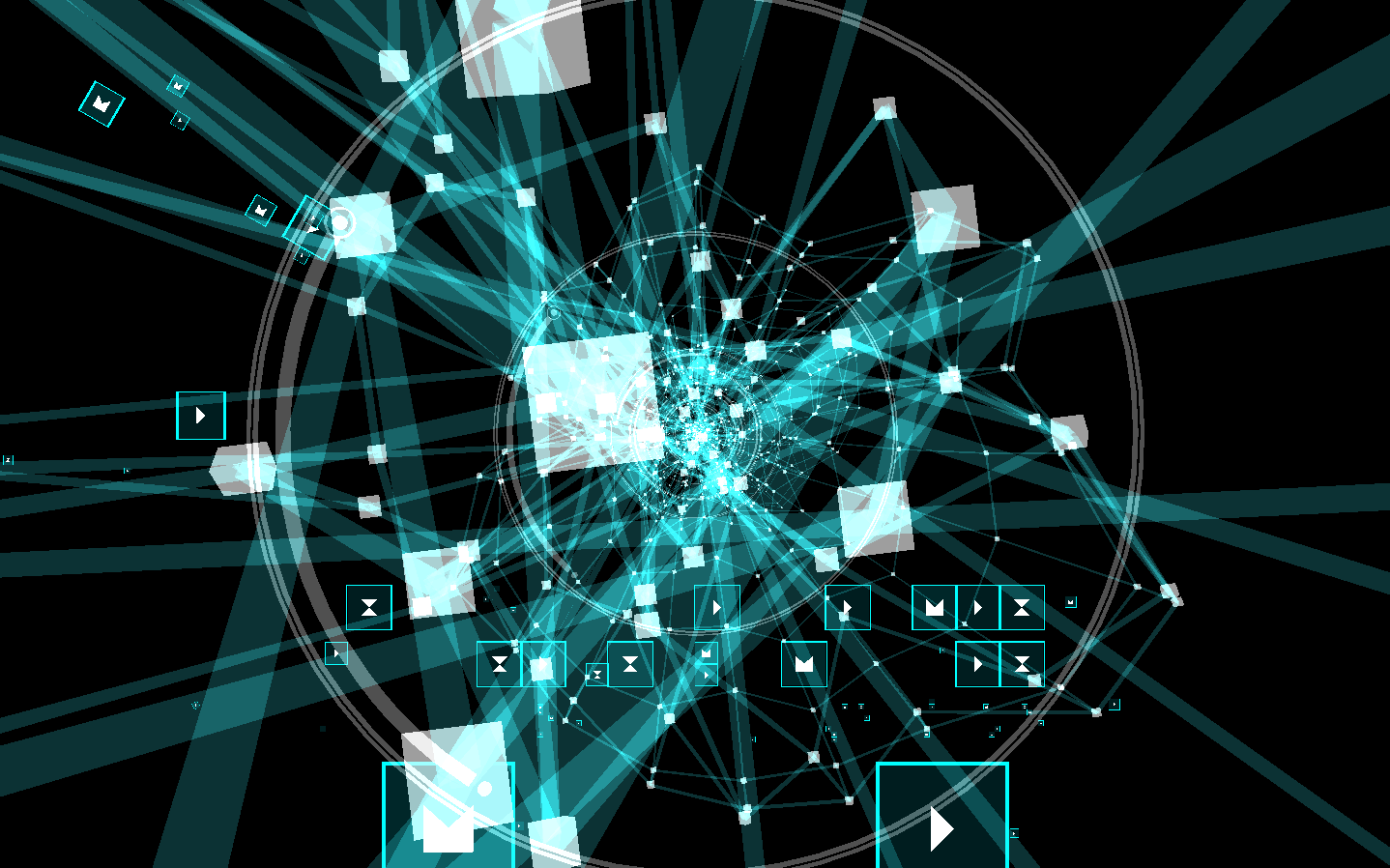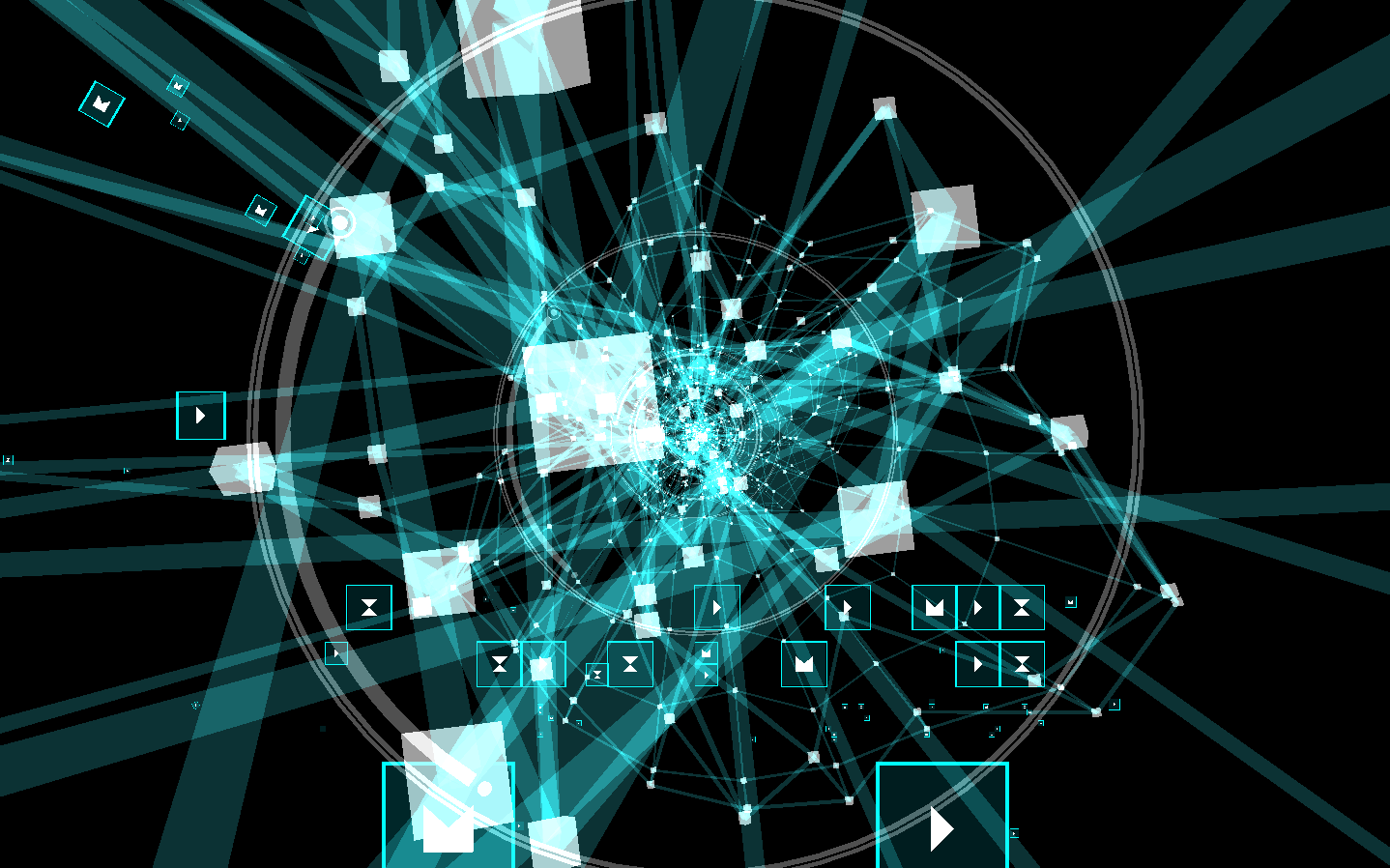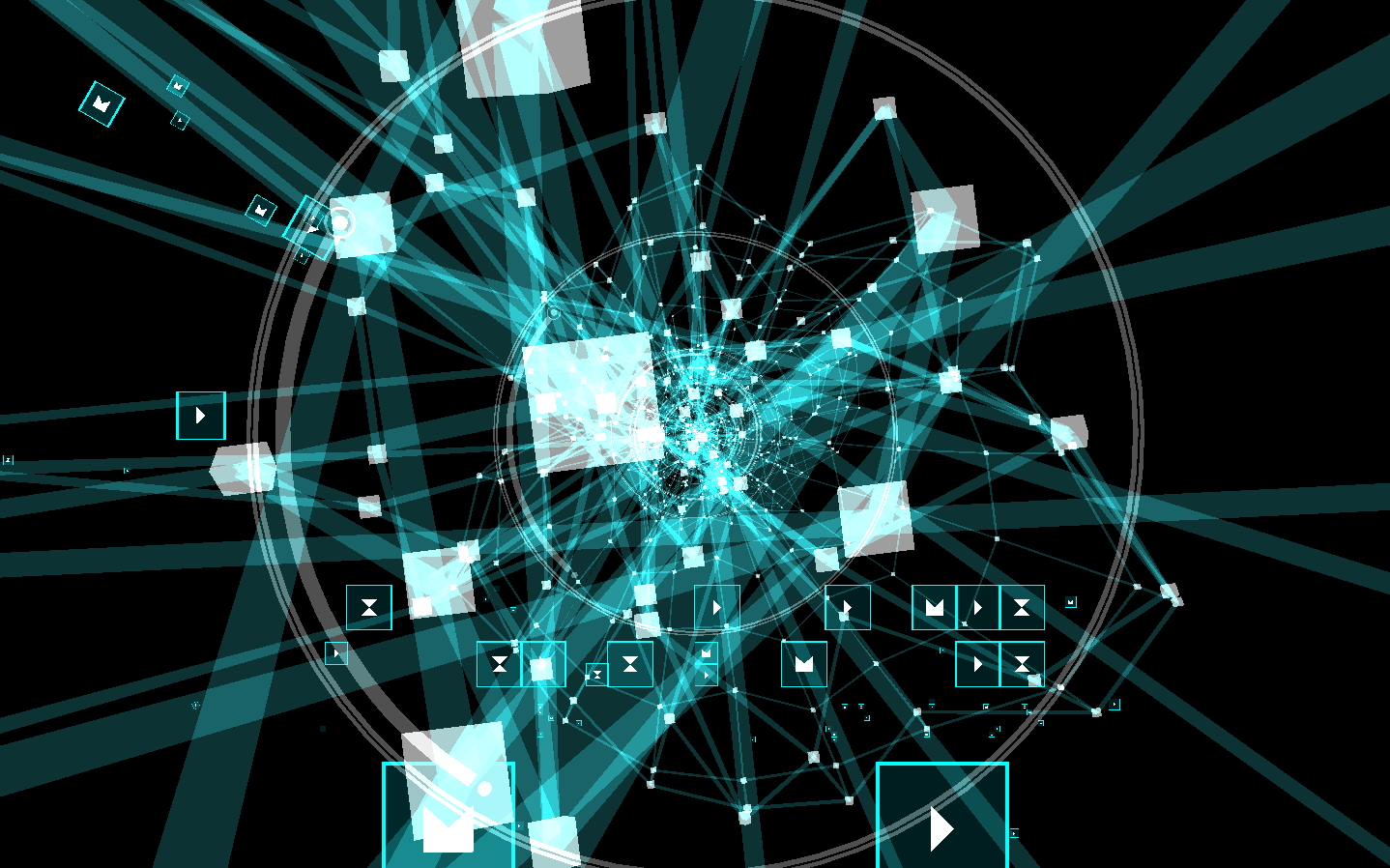Global Security Pulse: Hybrid Conflict
- Read more about Global Security Pulse: Hybrid Conflict
- Log in to post comments
The Global Security Pulse (GSP) tracks emerging security trends and risks worldwide, allowing you to stay ahead in new security developments. This month we present novel developments and must-reads on hybrid conflict.
Our research suggests that the international security environment is increasingly characterized by hybrid strategies that fall under military, political, economic, information, and cyber domains. Hybrid threats are characterized by their complexity, ambiguity, multidimensional nature, and gradual impact, making them difficult for states to effectively respond to and posing a significant challenge to the international order. Whilst hybrid tactics in and of themselves are not entirely new, the availability of diverse and sophisticated (technological) tools is enhancing the impact, reach, and congruence of these strategies. This aspect, paired with states’ unprecedented aversion to engage in conventional war due to nuclear, economic and political deterrence, and recent shifts in global power means that hybrid conflict constitutes an increasingly desirable strategy to achieve political goals.
Authors
Bianca Torossian, Tara Görder, Lucas Fagliano (HCSS)
Contributors: Tim Sweijs, Hugo van Manen, Dylan Browne-Wilkinson (HCSS), Danny Pronk (Clingendael)






